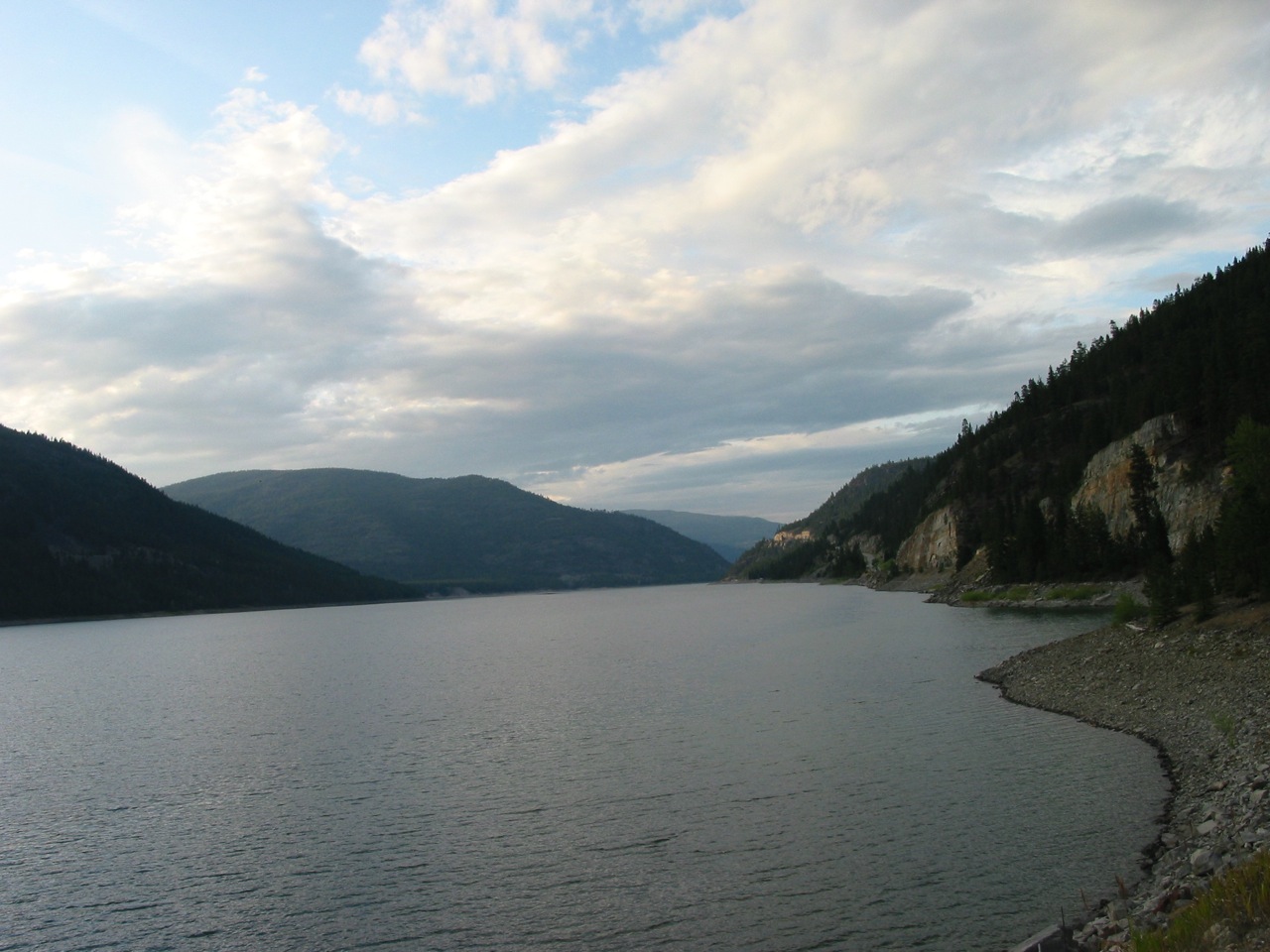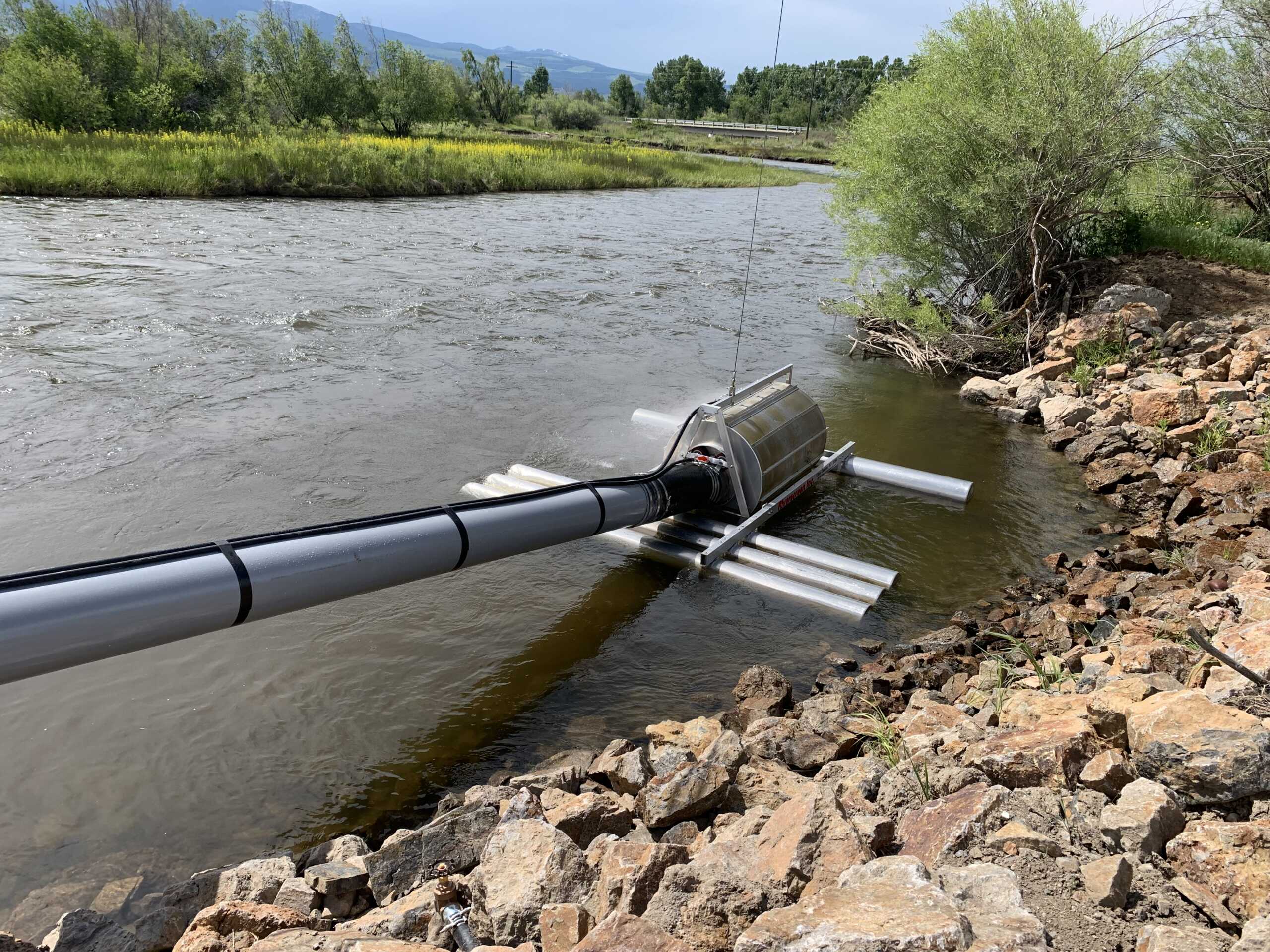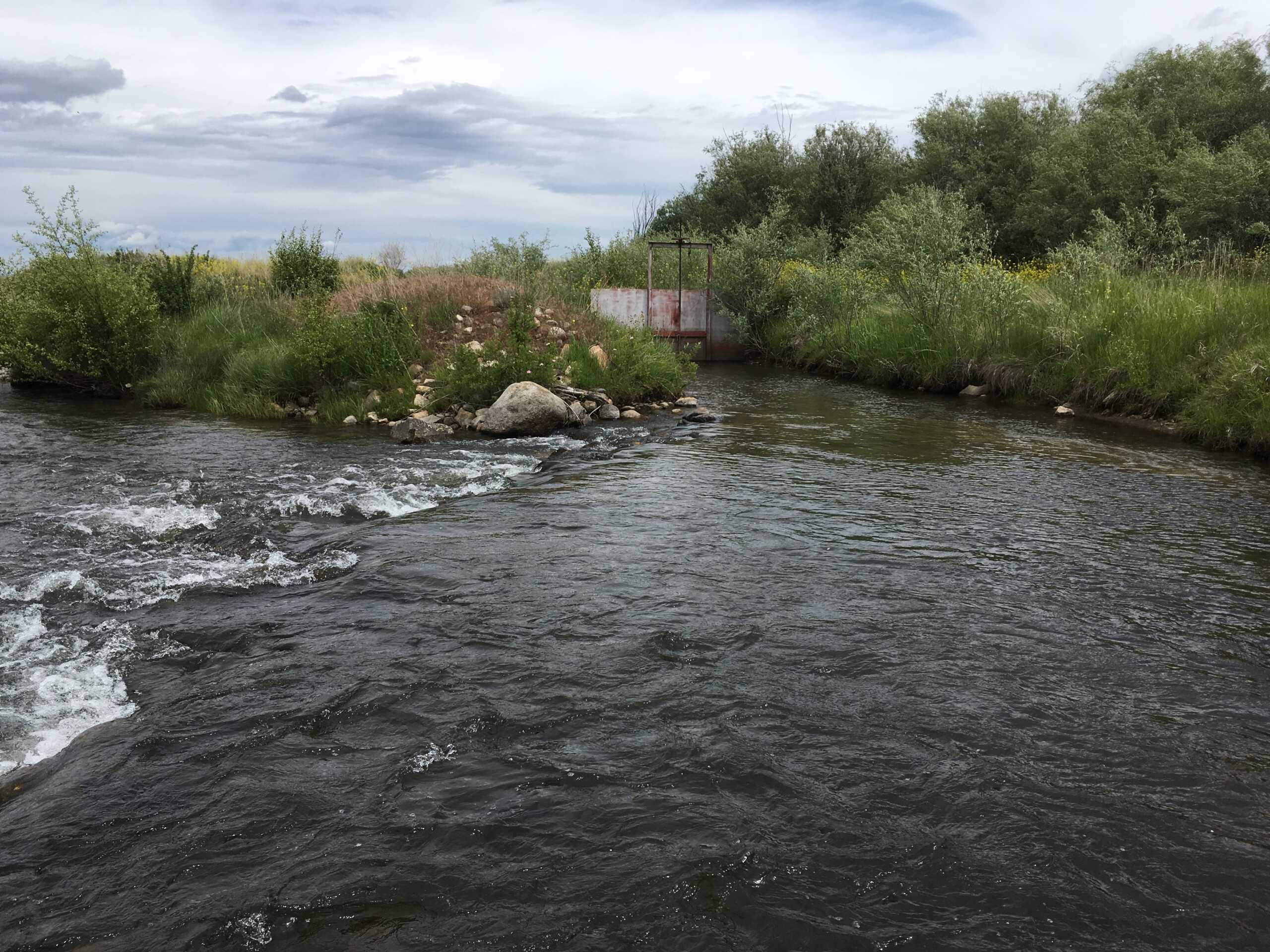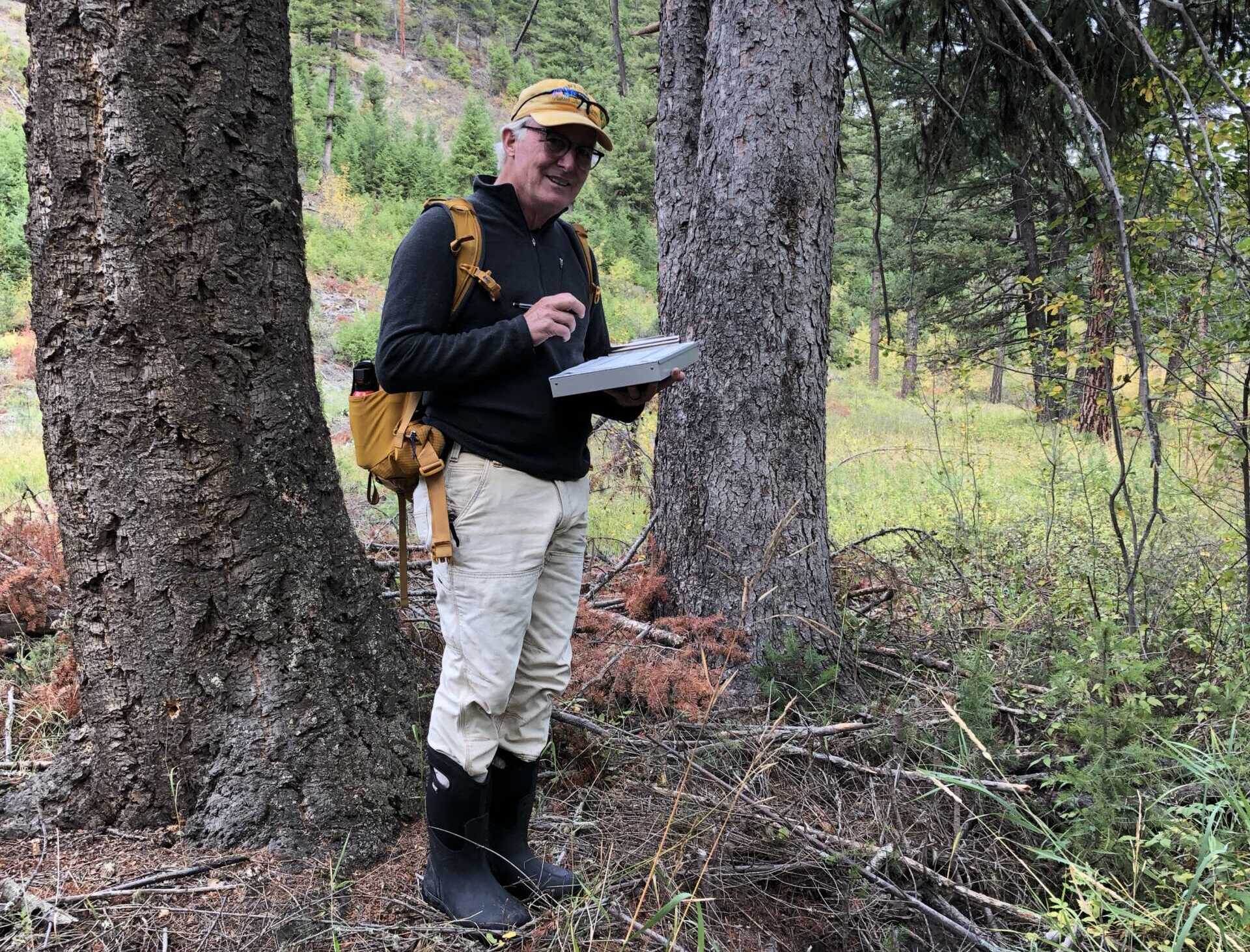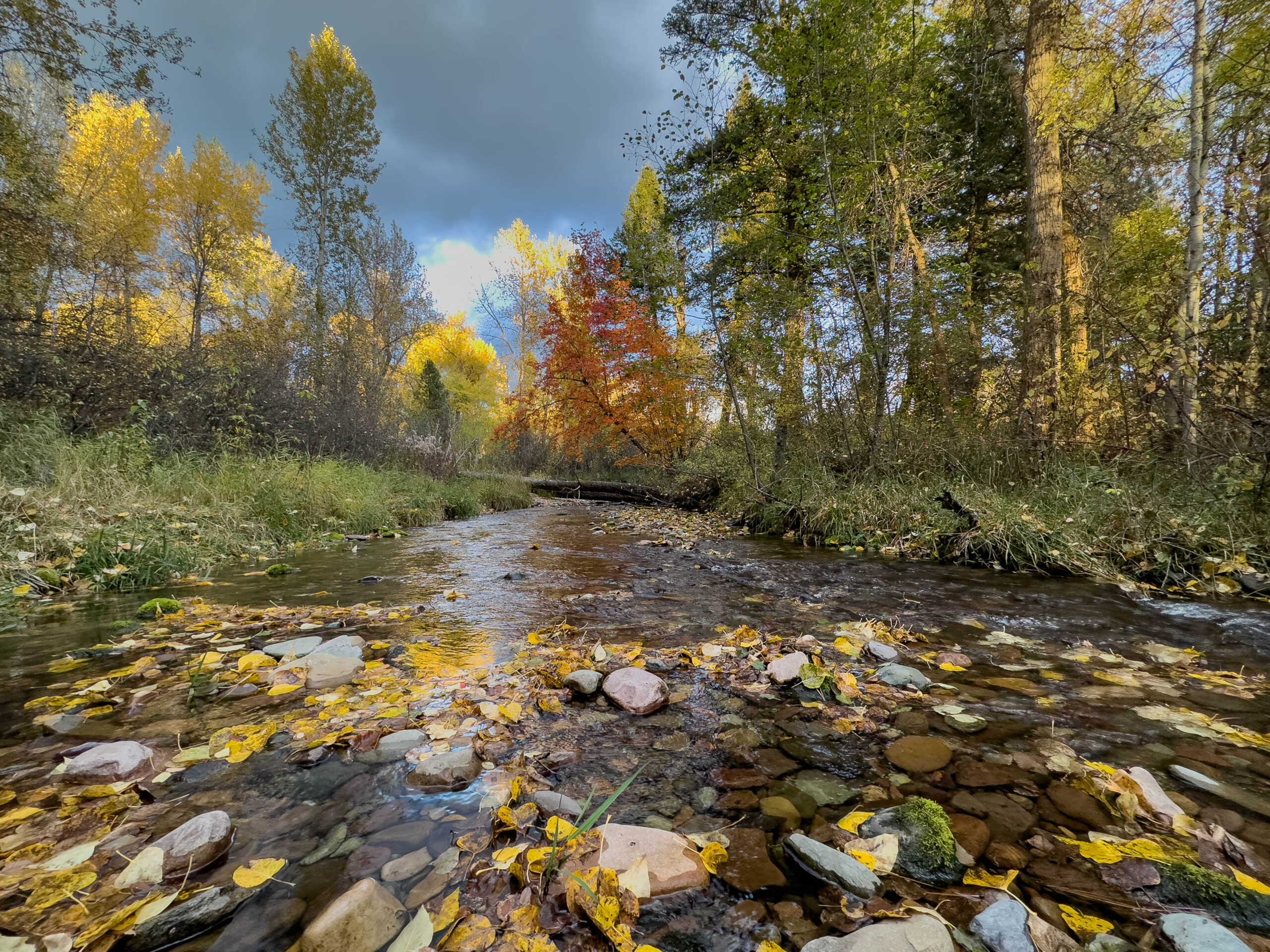
Mike Horse Mine Cleanup
In the 1940s, miners used metals-laced tailings to build the Mike Horse Dam at the origins of the Blackfoot River on Beartrap Creek near the Continental Divide. In 1975, the tailings dam blew out, dumping deadly levels of lead, copper and zinc into the Blackfoot. The mine’s corporate owner, ASARCO, rebuilt…

